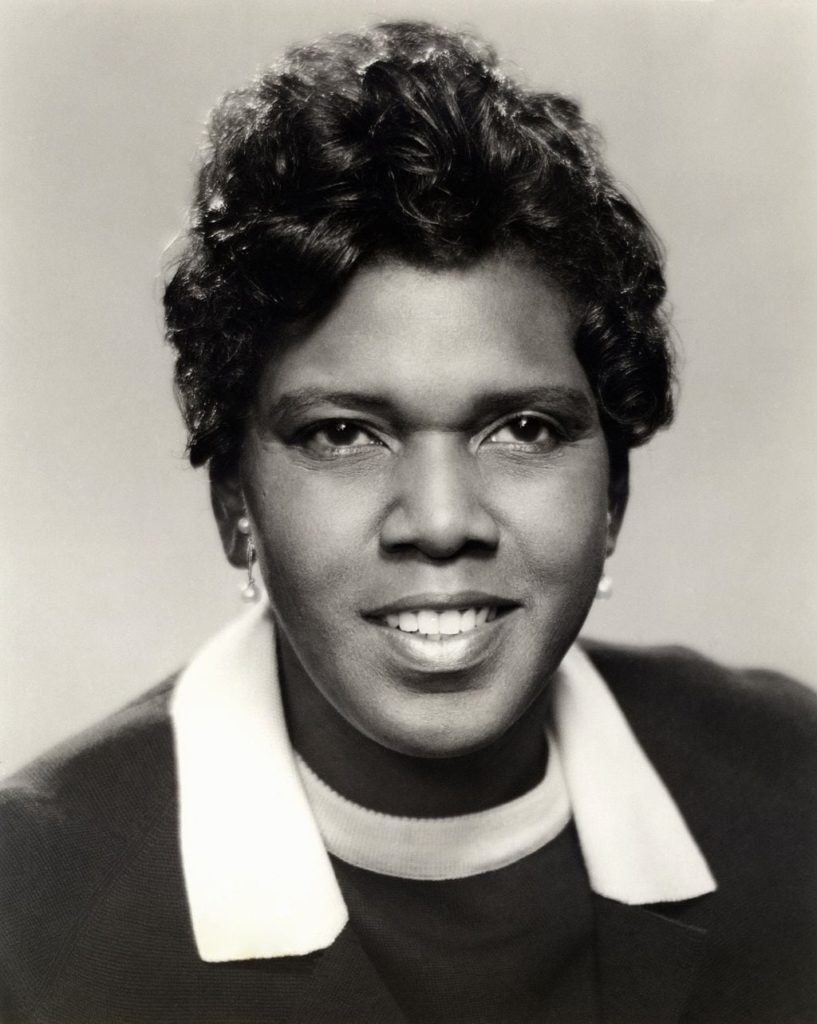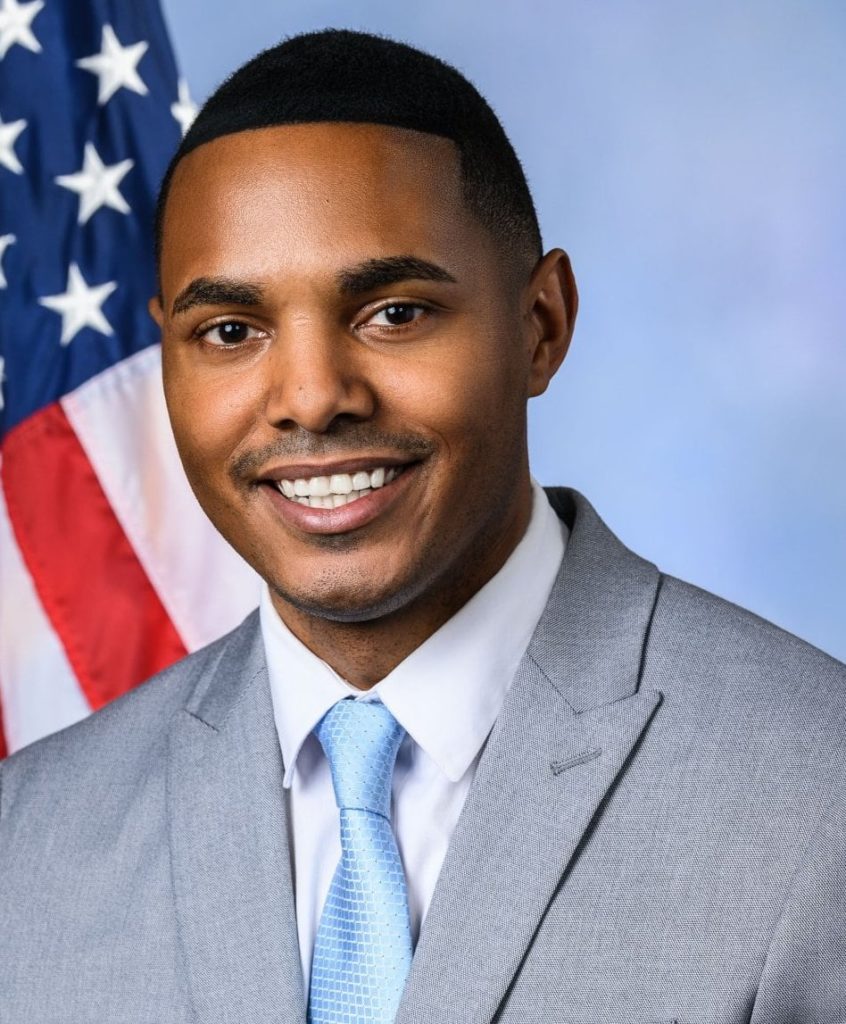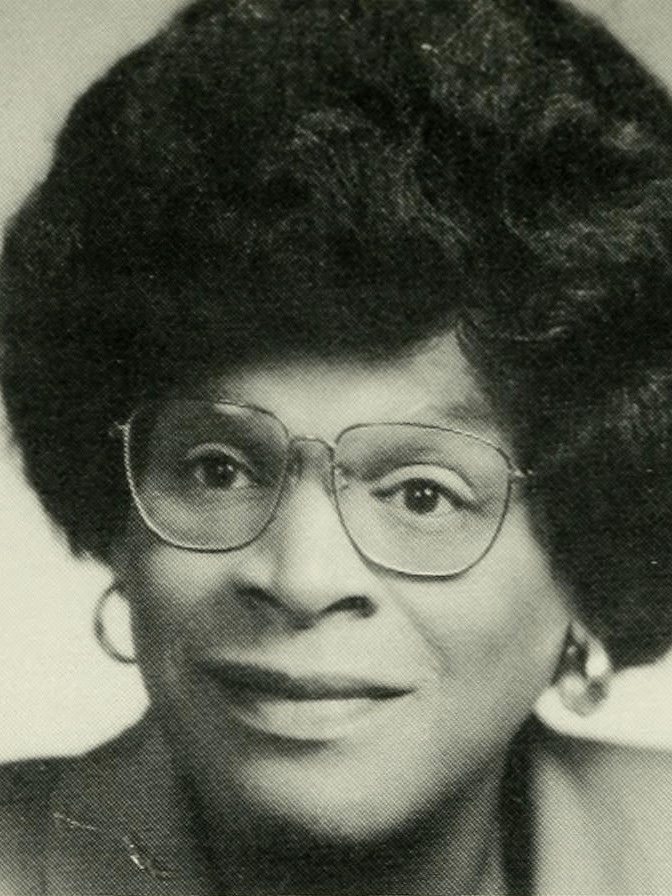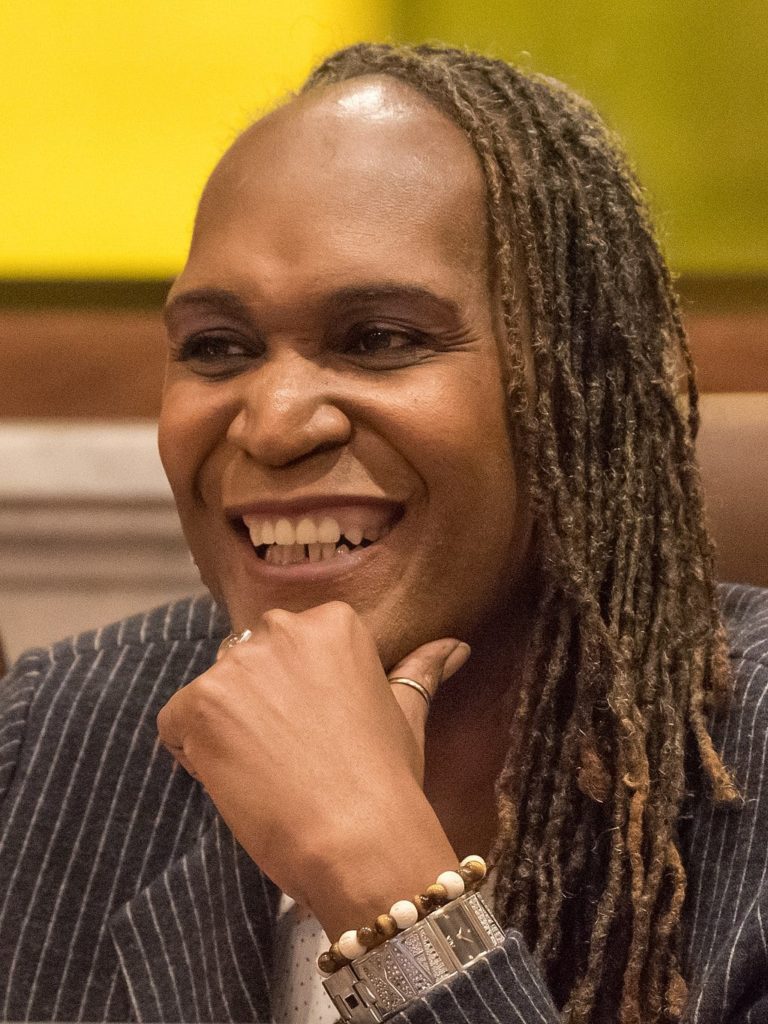As we all know, February is Black History Month. We knew we wanted to honor this, but also knew that we are not well-acquainted with much knowledge beyond the basics. In light of that, we decided to go on a fact-finding mission of our own that we could share with you.
Local History
First, we wondered about the Black history of San Diego. You may or may not already know that, while California was admitted to the Union as a free state in 1850, the laws of the state discriminated against Black people. One law explicitly denied freedom for African Americans who were brought to the state as slaves by gold-seeking whites.
Nathan Harrison
One man who arrived here just that way in 1852 was Nathan Harrison. Harrison was born into slavery in the 1830s, probably in Kentucky (remember that slaves were seen as property so dates of birth and other basic personal information were never recorded).
Harrison spent most of the 1850s and 60s toiling in mines for his owner. It is believed he gained his freedom upon his owner’s death. In 1879 he homesteaded land at the base of Palomar Mountain, making him the first Black permanent resident of San Diego.
While that alone would make Harrison a significant historical figure, there is so much more to his story. Harrison built a cabin about two-thirds of the way up Palomar Mountain, which at the time was a tourist attraction for white people looking to recreate the experience of “conquering the west.” Harrison successfully made a claim to spring on his property, which he offered freely to all those coming up the mountain. He also regaled them with tales of the old west. He himself became one of the most popular tourist attractions in the area at the turn of the century.
Because California was still a dangerous place for African Americans at that time, Nathan showed only a facade to visitors, portraying himself as a friendly, but a non-threatening Black man with plenty of stories to tell. It wasn’t until long after his death in 1920 that much more about him was revealed. He hid the facts that he owned a rifle, practiced Catholicism, and could read and write, all of which white people would have perceived as threatening in one way or another.
For the full story on Nathan Harrison, go to https://sandiegohistory.org/nathanharrison/ and https://www.archaeology.org/issues/414-2103/features/9443-california-nathan-harrison-pioneer
Henrietta Goodwin
One of the reasons Black History Month is so important is that for hundreds of years in America, the accomplishments and contributions of Black people were completely erased or never recorded at all.
It isn’t surprising at all that it was not noted at the time that Henrietta Goodwin was the first Black woman to graduate from the State Normal School of San Diego (which later became San Diego State University). It is, though, disheartening to learn that neither the school nor the San Diego Union listed her name on their roster of graduates. However, both an attendance ledger and her registration record card indicate that she did in fact graduate on January 30, 1913. It is unfortunate (although again not unusual) that little else is known about Ms. Goodwin. She is, however, remembered and honored at SDSU with a scholars program that bears her name. According to the website, “The Henrietta Goodwin Scholars program seeks to support African American/Black student success through academic programming design and to facilitate their transition in, through, and out of San Diego State University.”
Come back next week to read about two LGBTQIA+ African Americans and their significance in our history.
LGBTQIA+ Black Historical Figures
This week, we are learning about LGBTQIA+ figures in Black History. We are highlighting two African-Americans here, but if you’d like to read more about the queer community in Black History, check out this OutHistory timeline.
Gladys Bentley (1907-1960)
Gladys Bentley was known in her heyday as “Harlem’s Most Famous Lesbian.” Under the stage name Bobbie Minton, Bentley was a Blues singer and “drag king” who performed in clubs during the Harlem Renaissance. She often dressed in her signature black and white tuxedo, played piano, and sang popular blues songs, but with her own sexually charged lyrics. She often talked about Lesbian lovers and flirted with women in the audience. She was so successful that during the 1930s (which was the height of the depression) she was able to own a Park Avenue apartment with servants, as well as a nice car. Her popularity extended far beyond Harlem, as she toured the country and performed in clubs in Chicago, Hollywood, and other major cities. Her popularity waned after the repeal of prohibition, as did the public acceptance of openly LGBT people. Bentley then moved to Los Angeles and tried to change her public image by getting married in 1952 (this was the McCarthy era when openly gay and lesbian individuals were accused of being communist and often blacklisted). She died unexpectedly of pneumonia in 1960 at the age of 52. You can read more about Gladys Bentley here.
Bayard Rustin (1912-1987)
Bayard Rustin was a civil rights activist and a key advisor to Martin Luther King, Jr. In 1953, he was arrested and sentenced to 60 days in jail on a “morals charge” that outed him. After that, Rustin lived as an openly gay man and was never ashamed of his sexuality. Walter Naegle, who was his partner until Rustin’s death in 1987, describes him as a “mentor” to MLK, Jr. He organized protests, sit-ins, marches, and helped King spread the gospel of non-violent resistance for decades before the March on Washington in 1963. It is organizing the March that he is most well known for. It was expected that about 90,000 people would show up in Washington, DC on August 28, 1963, to march for equal rights for African-Americans. Instead, more than 250,000 people marched peacefully and without disturbance and heard King give his iconic “I Have a Dream” speech. Rustin was the architect of the most important protest in the history of the civil rights movement. He continued to work for social justice throughout his life and in the 80s was a gay rights activist who advocated for AIDS education. He died on August 26, 1987. Rustin was posthumously awarded the Presidential Medal of Freedom in 2013. In 2020, decades after his arrest, California Governor Gavin Newsom issued a posthumous pardon for the arrest. You can read more about Bayard Rustin here.
Come back next week to read about two current LGBTQIA+ African Americans who have achieved historic firsts in politics.
LGBTQIA+ African Americans in Elected Office
In the final installment of our Black History Month Blog, we want to look at the very brief history of Queer African Americans in elected office. We want to celebrate the historic achievements of these leaders, while at the same time noting that their victories are incredibly recent. Systemic racism coupled with homophobia still blocks many qualified Black LGBTQIA+ individuals from being elected to government at the local, state, and federal levels. Here is a (not comprehensive) list of these trailblazers.

Barbara Jordan served in the US House of Representatives from 1973 to 1979. Her sexual orientation was made public after her death in 1996, making her the first Lesbian woman in Congress (that we know of). It is 2022 and we still have never elected an openly Lesbian Black woman to serve in the House or Senate.

Ritchie Torres and Mondaire Jones were both elected to the House in 2020, meaning they are both the first openly LGBTQIA+ Black members of Congress.

Althea Garrison was elected to the Massachusetts House of Representatives in 1992. She was outed against her will by The Boston Herald, making her the first transgender person to hold state office.

Simone Bell served in the Georgia House of Representatives from 2009 to 2015. She was the first openly Lesbian Black woman elected to any state legislature in the US.

Lori Lightfoot was the first openly Lesbian Black woman elected Mayor of a major US city in 2019.

Andrea Jenkins became the first openly Transgender Black woman and Phillipe Cunningham the first openly Transgender Black man elected to public office in 2017 when they were elected to the Minneapolis City Council.
